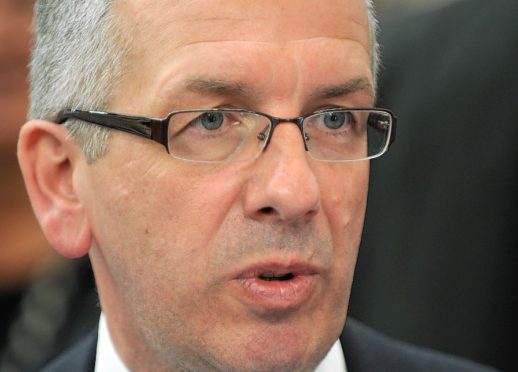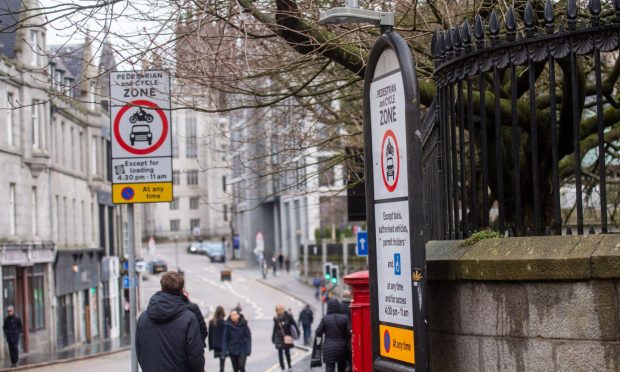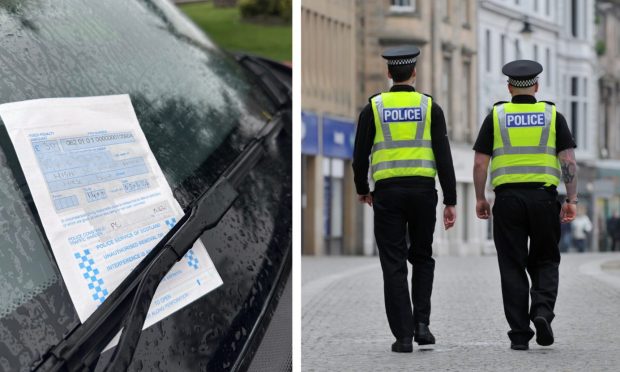A north politician is urging Westminster to agree that a graduated licence scheme for new and young drivers should be piloted in Scotland.
Highlands and Islands MSP David Stewart, who is also a road safety campaigner, this week travelled to the House of Commons in London, to discuss his proposal with Transport Minister Claire Perry MP.
Mr Stewart said: “The minister was open to my proposals and was positive in relation to the outline proposal, although she advised that further discussion and deliberation would be necessary before there would be any commitment from the UK Government.”
He added that he was not in the business of “demonising” young people or young drivers.
But he pointed out that only 1.5% of Scottish drivers were aged between 17 and 24 and yet they were responsible for 13% of all road collisions.
He added that one in five young drivers crashed in the first two years after passing their test.
Mr Stewart said: “My proposals include displaying a ‘P’ plate for the probation period of driving, which is between the ages of 17 and 18 years for young drivers.
“During this period, they will keep a log book in which they will have to carry out 100 hours of daytime driving and 20 hours of night-time driving.”
The scheme would also impose restrictions on young drivers.
These would mean they could not drive between 10pm and 5am unless they were travelling to or from work and there was no one under the age of 30 in the vehicle, or if they were carrying a passenger aged 30 or over.
Mr Stewart added that a study of road collisions in Scotland, carried out by Dr Sarah Jones of Cardiff University, showed that up to 22 lives a year could be saved by such measures.










